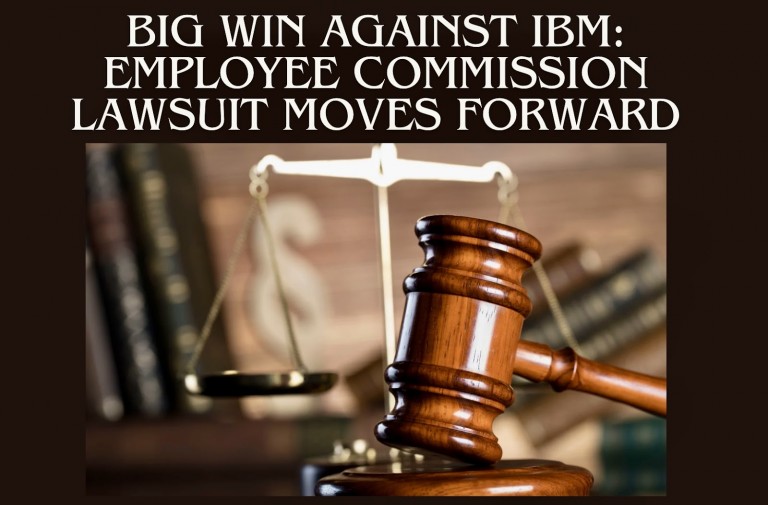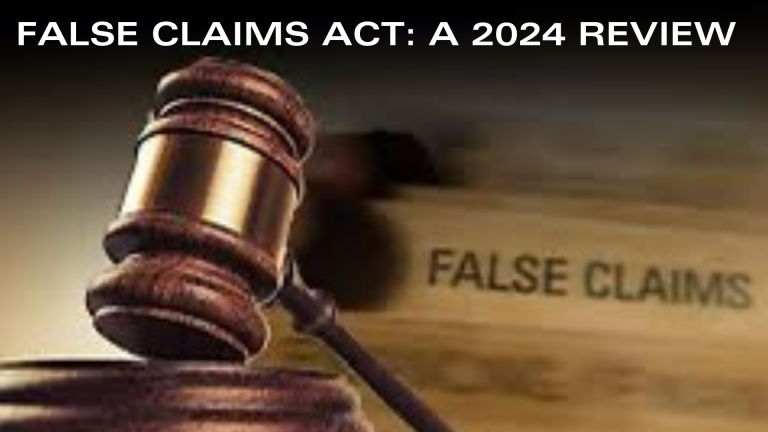Despite the recent employer-friendly decision in Wal-Mart Stores, Inc. v. Dukes, 131 S. Ct. 2541, 180 L. Ed. 2d 374 (2011), on class actions in employment discrimination cases, recent cases in Maryland and other jurisdictions have not altered the traditional two-stage analysis for determining collective action status in cases for owed wages under the Fair Labor Standards Act ("FLSA"). That two step process involves an initial "notice stage" where a court determines “‘whether the plaintiffs have demonstrated that potential class members are 'similarly situated,' such that court-facilitated notice to the putative class members would be appropriate." Syrja v. Westat, Inc., 756 F. Supp. 2d 682, 686 (D. Md. 2010), (quoting Camper v. Home Quality Mgmt., Inc., 200 F.R.D. 516, 519) (D. Md. 2000). The second step, usually after the conclusion of discovery, requires the court to “engage in a more stringent inquiry to determine whether the plaintiff class is [in fact] 'similarly situated' in accordance with the requirements of [FLSA] § 216, and renders a final decision regarding the propriety of proceeding as a collective action." Rawls v. Augustine Home Health Care, Inc., 244 F.R.D. 298, 300 (D. Md. 2007)). In Myles v. Prosperity Mortg. Co., 2012 U.S. Dist. LEXIS 75371 (D. Md. 2012), an employer being sued for owed wages under the FLSA argued that, in light of the Dukes decision, courts should make the traditional two-step collective action analysis more stringent. The Maryland federal court, however, was not persuaded by the employer’s arguments, and following a long line of cases from other jurisdictions, concluded that the traditional two-stage process for determining collective action status has not been altered in any way by Dukes. See Winfield v. Citibank, N.A., 2012 U.S. Dist. LEXIS 16449, 2012 WL 423346 at *10 (S.D.N.Y. Feb. 9, 2012) (“numerous courts . . . have refused to apply Dukes on motions for conditional certification under the FLSA, concluding that the Rule 23 [class action] analysis had no place at this stage of the litigation.”); Essame v. SSC Laurel Operating Co., 2012 U.S. Dist. LEXIS 31901, 2012 WL 762895 at * 6 (D. Md. Mar. 12, 2012); Hargrove v. Ryla Teleservices, Inc., 2012 U.S. Dist. LEXIS 17723 at *15-16 (E.D. Va. Jan. 3, 2012) (“the standard for a 216(b) collective action is initially very low…Simply put, a collective action under the FLSA differs significantly from a class action, making the two actions incomparable.”); Ware v. T-Mobile USA, 2011 U.S. Dist. LEXIS 127091, 2011 WL 5244396 at *6 (M.D. Tenn. Nov. 2, 2011). As the Maryland federal court pointed out, "Dukes does not mention the FLSA or the two-step certification process, and such a conclusion [altering the collective action analysis] does not necessarily follow from any particular language in the [Dukes] opinion." Myles, 2012 U.S. Dist. LEXIS 75371 (D. Md. 2012). Under Myles and the numerous similar decisions, an employee suing for owed wages under the FLSA and seeking to get others to join the case need only show that other employees are "similarly situated" to him/her. Employees who have similar job duties and are subject to similar pay practices will likely meet this relatively modest standard.












